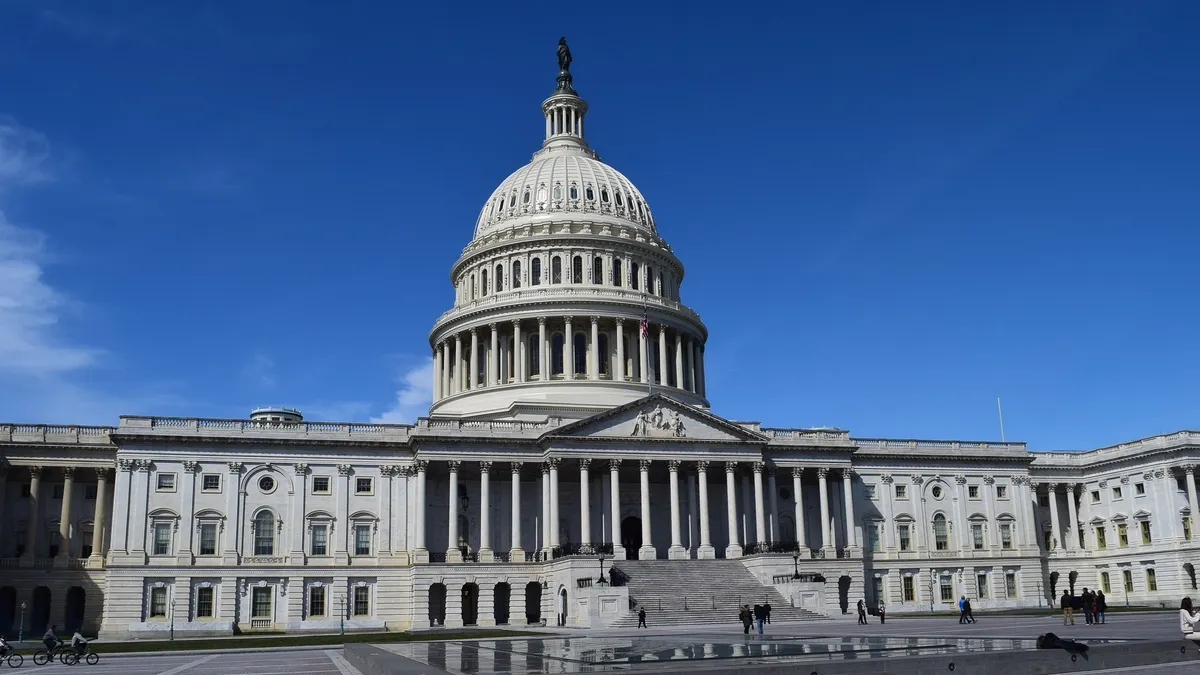For some small businesses, an IT department's decision to transition to the cloud can be an overwhelming expense — especially in times of recession or budget cuts.
In April, 46% of small- to midsize businesses planned to defer or cut their investments in software, according to a GetApp survey of 5,500 professionals. But as 2020 progressed, companies prioritized investments in the cloud and other software to maintain business continuity.
Analysts expect investments in the cloud to grow through 2021, and COVID-19 relief legislation is catching on to the trend. The updates to the Paycheck Protection Program (PPP), colloquially called PPP-2, for small businesses include allowances for software and cloud upgrades with streamlined processes to help eligible companies rebound and modernize.
New IT funds in PPP-2
Congress extended covered operations expenditures under PPP-2 to apply to "any business software or cloud computing service that facilitates business operations, product or service delivery, the processing, payment, or tracking of payroll expenses, human resources, sales and billing functions, or accounting or tracking of supplies, inventory, records and expenses."
In practical terms, this means the bucket of non-payroll expenses that PPP-2 applies to expanded to include IT expenses for business continuity, such as accounting software programs or monthly subscriptions to cloud software.
"We did certainly get questions from businesses that we're hoping in the first round to include this expense and we're not able to," said Beth Milito, senior executive counsel at the National Federation of Independent Business. "There's a little bit more flexibility now with these non-payroll expenses."
But don't apply for PPP-2 thinking it will solve all business IT needs. Strict guidelines still apply to how it's spent and who's eligible.
PPP-2 basics to know
To realize the benefits of cloud and business spending provisions, companies must be eligible to receive the loans and follow all stipulations. If they act carefully, the loan could turn into a grant that doesn't need to be paid back.
Non-payroll expenses, including the new cloud and software allowances, can only make up 40% of the loan amount spent. The rest must be spent on employee payroll, according to Milito.
"If you spend it right, it turns into a grant which is hugely helpful for small businesses," Milito said, "but you do need to make sure that you are spending the money only on these ... qualifying expenses, what Congress has said you can spend it on."
Interim final rules put into effect Wednesday by the Small Business Administration (SBA) and the Treasury Department define eligibility requirements for businesses. In broad terms, first-time borrowers are eligible for businesses employing 500 or fewer workers, some self-employed individuals, nonprofits, and others.
"We listen to small business owners and heard a lot of confusion about whether they can apply for a second PPP loan," said Steve Rabinovici, chairman of SBA Funding, in a statement Wednesday. "You can, we want you to know that in the majority of cases, you can."
Small businesses that received the first round of PPP loans looking for second loan must:
-
Have 300 or fewer employees;
-
Spent, or plans to spend, the full amount of the first loan before the second loan is distributed; and
-
Show a 25% gross revenue decline in 2020 relative to 2019.
"Congress is really trying to make sure that the businesses that need it, that may have missed out, are able to get financial assistance," Milito said. Congress and SBA want to avoid repeating the chaos that unfolded in April around controversial loan grantees and difficulty applying, according to Milito.
Businesses have until March 31 to apply for funding, but smoother processes should streamline the burden on business.
"If we look back at April of 2020, there was a massive lack of understanding of the PPP program, and there were all kinds of system issues in turning up the platforms," Erik Asgeirsson, president and CEO of CPA.com, AICPA's interactive web portal, said in a webcast covered by CFO Dive. "Eight months later, we actually have a pretty good body of knowledge of what the PPP framework is."
Small businesses receiving the loan will also be required to provide records proving that the money was spent on eligible expenses.
"Talk with your accountant — talk with your bank or your lender, too — and make sure you're aware of all the qualifying expenses you can spend the money on and you're keeping the documentation to justify any expenditures," Milito said




















